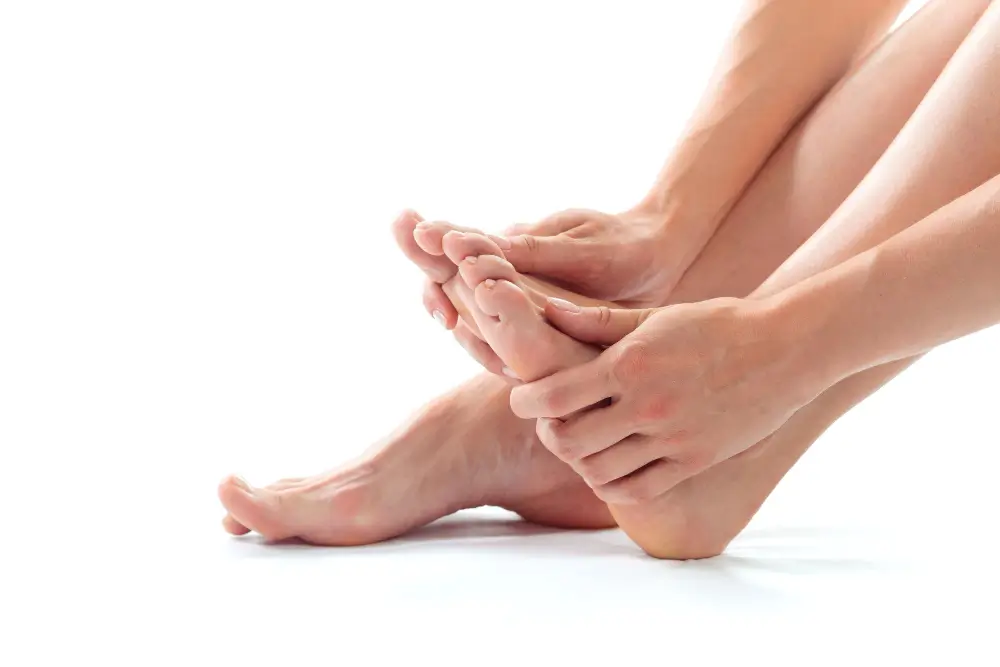The term foot ulcer refers to an open wound that may develop on the feet of a person because of poor circulation of blood, nerve damage, or infection. This condition is especially common in patients struggling with diabetes, peripheral artery disease, or other vascular problems. If this condition is left untreated, it might progress to severe infections or even amputation. Hence, it is extremely important to understand the causes, types, and treatments available for the effective care of food ulcers. In this article, we will discuss foot ulcers and other aspects of diabetic foot ulcer.

How are food ulcers caused?
Foot ulcers develop when the tissue of the skin breaks down and exposes the layers that are present below it. There are several reasons that might lead to this, including:
- Poor circulation of blood: Conditions like peripheral artery disease can reduce the flow of blood to the foot and slow down the healing process.
- Nerve damage: This condition occurs in people with diabetes when they lose sensation in their feet. In such a case, small injuries might go unnoticed until they worsen.
- Infection: Minor cuts and openings can get infected easily, which can lead to deep foot ulcers if left untreated.
- Foot deformities: Wearing tight shoes can increase the pressure on specific areas of the feet and may result in ulcers.
- Uncontrolled diabetes: People who have high blood sugar levels may face damage in blood vessels and nerves, making them highly vulnerable to diabetic foot ulcer.
What are the different types of foot ulcers?
- Neuropathic ulcer: This type of foot ulcer is mostly found in patients who have diabetes. They occur due to nerve damage and are typically seen under the big toe or the ball of the foot.
- Arterial ulcer: These types of ulcers occur as a result of poor flow of blood due to blockages in the artery. They are often found on the toes, heels, or other edges of the feet.
- Venous Ulcers: These are caused by inadequate functioning of veins and appear around the ankle.
- Pressure Ulcers: These types of ulcers are common among people who are bedridden or mobile and are formed due to prolonged pressure on specific areas of the foot.
What are the treatment options?
- Wound care and cleaning: Regular cleaning and dressing of the foot ulcer might help to prevent infection and promote healing.
- Controlling the infection: Sometimes, antibiotics might be prescribed for bacterial infections, and removal of the dead tissue helps the healthy tissue to grow.
- Improving blood flow: For patients with peripheral artery disease, treatment options like angioplasty and bypass surgery can help restore the blood circulation and help in healing foot ulcers.
- Pressure Offloading: Special shoes, orthotics, or casts are used to reduce the pressure on the ulcers.
- Advanced therapies: Therapies like laser therapy, skin grafts, and hyperbaric oxygen therapy might be used for severe or non-healing ulcers.
If you are looking for the best interventional radiologist in Chandigarh or the best interventional radiologist in Mohali, Sohana Hospital might just be the best option for you. Sohana Hospital, Mohali, is home to the World’s most advanced technology and North India’s most trusted and experienced doctors who provide the most comprehensive care for the ailments of the patients. Book your appointment today!
